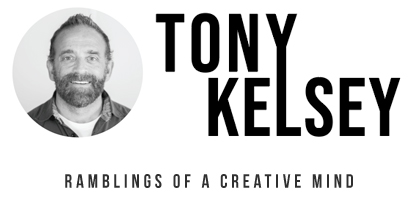Did you know that in a majority of cases where you are applying for a job online that your resume is being stored into a searchable database…and it’s not being sent to a human being for perusal? That’s right. Things are different now. Instead of sifting through hundreds or thousands of resumes, recruiters search the database…for relevant keywords…and pluck out the best matches. They are keyword searching resumes.
Just the same as how you use Google to find a website, recruiters are using search tools to find the most qualified applicants in their database. What that could mean for you is lost opportunities, even if you have a great resume, excellence skills, and the exact experience they are seeking. You still run the risk of failing to float to the top of the pile.
While search engine optimizing (SEO) your resume is easy, it’s not as simple as loading it up with a whole bunch of keywords from the job description. There’s a big difference between general search engines and specialized search engines. What recruiters use on the backend of applications like Oracle’s PeopleSoft Enterprise Human Resources or SaaS solutions like Taleo is a specialized search engine, and specialized search engines look for keywords that show up in the right places…not just anywhere.
Think of it this way: If a recruiter is looking for an experienced marketing professional, she is probably going to search the pool of resumes for something like “Marketing Director.” The results will include those resumes where “marketing” and “director” appear in job titles for recently held positions. Resumes where both words appear, but are not together or in job titles, are not going to end up in top search results.
What that means is, optimizing your resume for searches is not about throwing in every keyword you can think of, but about creating relevant copy, with relevant keywords, that address relevant experience. It goes back to the golden rule of SEO, whether for a website or a resume, Relevancy Is King. If you use applicable keywords in a relevant fashion, there’s no reason why your resume shouldn’t pop to the top.
Therefore, selecting keywords is extremely important, and rewriting your resume to be more applicable to each job or job type is assuredly de rigueur.
If you are submitting your resume as a PDF there’s an additional step you can take to optimize for SEO and it’s making sure not to overlook the file’s metadata.
Metadata is just another way to say “descriptive” data that is embedded into the file that helps explain the contents further for proper classification. It’s not unlike the cataloging data used in your college library that allowed you to easily find Plato’s Republic for your poli sci term paper (is that an exaggerated example or what?!), comprised of author’s name, book title, subject matter and synopsis.
You can easily add metadata to your resume PDF.
Go to File > Properties and fill in the following fields:
- Title – This could be the single most important element of your PDF document properties. In almost every case, the title is used on the search engine results page. If you don’t write a title the file name is used by default, and that isn’t going to make anyone very interested in you.
- Author – You can use your name here.
- Subject – The subject serves as the meta description for your PDF document. This is the second most important element. Write something that is relevant and descriptive. Use your keywords, but do over do it.
- Keywords – Use your relevant keywords here. Filling this space up with all sorts of trash is only going to hurt you.
